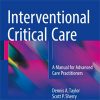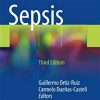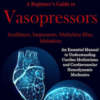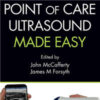Utility of RV Remodeling Over Risk Stratification in COVID-19
acc.orgThis study contributes to the growing body of literature illustrating the adverse prognostic implications of RV dilation and dysfunction in the setting of severe COVID-19. Mechanistic explanations for RV failure in this population are diverse and include hypoxic pulmonary vasoconstriction, left-sided heart failure, and thromboembolic disease.
It is important to note that only patients with clinically indicated TTEs were included in this study, and the findings should not be interpreted to suggest that all patients with COVID-19 should have TTEs performed.
A limitation of this study is the fact that RV function was not quantifiable in nearly half of the cohort. This is not surprising, given that TTE image quality and completeness were constrained by mechanical ventilation and infection control considerations.
As TAPSE and S’ may be falsely normal, especially in patients with mild RV dysfunction, it is likely that >15% of this population had some degree of RV dysfunction.
Future study of convalescent COVID-19 patients will be needed to define the role of advanced imaging techniques, including cardiac magnetic resonance imaging and 3D TTE, in long-term prognostication.

















